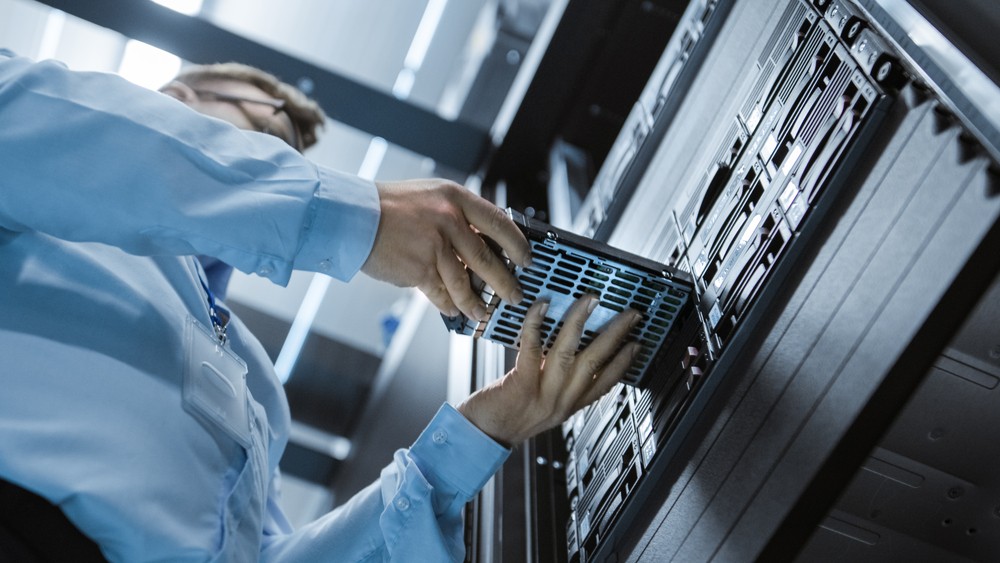Growth from pandemic induced orders is waning, but early AI deployments are materializing as a new driver of revenue growth. Some vendors have secured orders for equipment optimized for large scale AI workloads, which are more than offsetting the decline in pandemic-related orders, and backlogs are rising.
“The generative AI infrastructure story began with the NVDIA H100 in 1Q 2023, which has remained the industry barometer for AI adoption. End-users have utilized significant resources to obtain initial shipments of the costly and supply constrained GPU,” said Lucas Beran, Research Director at Dell’Oro Group. Due to the effort required here, many end-users are only able to address the power and thermal management infrastructure requirements after or close to receiving those initial GPU shipments.
“Without a doubt, these AI related power and cooling investments started contributing to market growth in 3Q 2023. This was particularly prominent for rack power distribution units, where customized products with higher power ratings were notable. The next few quarters will increasingly emphasize the transition in DCPI market drivers, from broad based pandemic induced digitalization and supply chain constraints, to large scale, purpose-built AI facilities,” Beran added.
Additional highlights from the 3Q 2023 Data Center Physical Infrastructure Quarterly Report:
Vertiv continued to outpace market growth and gained over 2 percentage points of market share in 3Q 2023.
North America, Asia Pacific (excluding China), Europe, and the Middle East and Africa (EMEA) were the fastest-growing regions in 3Q 2023, maintaining double-digit growth rates. Caribbean and Latin American (CALA) revenues grew at a high single-digit rate, while the China market was the only region to decline.
Product growth was broad-based, but Thermal Management and Power Distribution grew at the fastest rates.
Looking ahead, we forecast worldwide DCPI market growth to moderate in 2024 as pandemic induced orders are filled. However, we predict the market growth rates will remain at higher than historic levels, as AI deployments increasingly materialize throughout the year.




